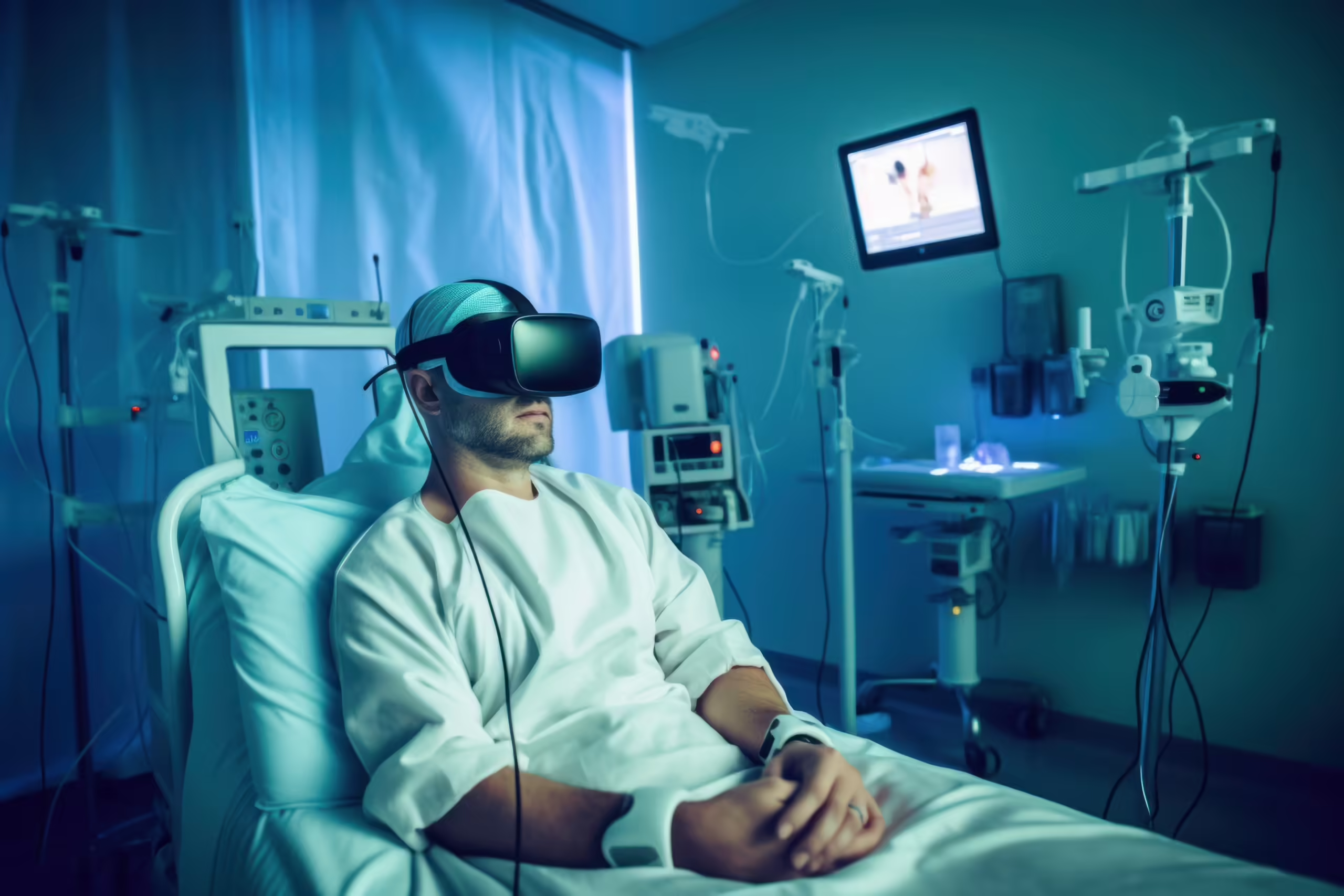In recent years, virtual reality (VR) technology has emerged as a key tool in the field of healthcare. Medical professionals are increasingly leveraging VR to enhance patient care in various ways, from managing pain to improving physical therapy outcomes. This article delves into the innovative ways VR is transforming patient care and the benefits it offers to both healthcare providers and patients.
Key Takeaways
- Virtual reality technology is reshaping patient care by offering innovative solutions for pain management, physical therapy, medical education, and patient empowerment.
- VR simulations provide immersive and engaging experiences that enhance patient outcomes, treatment adherence, and overall healthcare quality.
- Healthcare professionals can leverage VR to improve diagnostics, surgical training, and therapeutic interventions, leading to more efficient and effective healthcare delivery.
How Virtual Reality is Used in Patient Care
In the field of medicine healthcare providers are using VR simulations to enhance surgical training, medical education, and diagnostic imaging interpretation. VR is also making strides in various aspects of patient care. It is used for pain management and physical therapy. As well as VR-based patient education programs that enhance understanding of medical procedures, conditions, and treatment options which in turn empower patients to make informed healthcare decisions.
How Doctors Use VR for Pain Management
One of the most significant applications of VR in healthcare is in pain management. Doctors are utilizing VR simulations to distract patients from acute and chronic pain during medical procedures or treatments. By immersing patients in captivating virtual environments, VR helps alleviate anxiety and discomfort, leading to reduced reliance on traditional pain medications and improving overall patient experience.
Patients who undergo VR-based pain management often report higher satisfaction levels with their healthcare experience. Feeling more comfortable and relaxed during medical procedures can contribute to a positive outlook, which may indirectly impact blood pressure by reducing stress-related factors.
How Virtual Reality is Used in Physical Therapy
Virtual reality is revolutionizing physical therapy by providing interactive and engaging rehabilitation sessions. Patients can engage in virtual exercises and activities that mimic real-world movements, promoting faster recovery and improved motor function. VR-based physical therapy also allows therapists to track progress more effectively and tailor treatment plans to individual patient needs.
How Virtual Reality Improves Physical Therapy
VR technology enhances the effectiveness of physical therapy in several ways. It encourages greater patient participation and motivation by making exercises more enjoyable and immersive. Virtual environments can be customized to simulate specific scenarios relevant to a patient’s condition, facilitating targeted rehabilitation strategies. Real-time feedback and progress monitoring further optimize therapy outcomes, leading to better patient mobility and functional recovery.
How Virtual Reality Improves Patient Education
Patient education plays a crucial role in healthcare outcomes, and VR is transforming the way information is delivered. Interactive VR experiences allow patients to visualize complex medical concepts, anatomy, and treatment processes in a comprehensive and accessible manner. This leads to increased patient engagement, better treatment adherence, and improved health literacy among individuals.
As virtual reality continues to evolve, its impact on patient care in healthcare settings will only grow stronger. From alleviating pain and enhancing rehabilitation to empowering patients through education, VR technology holds immense promise for transforming the future of healthcare. Embracing VR innovations can lead to improved patient outcomes, increased efficiency in healthcare delivery, and a more patient-centered approach to medical treatment.






